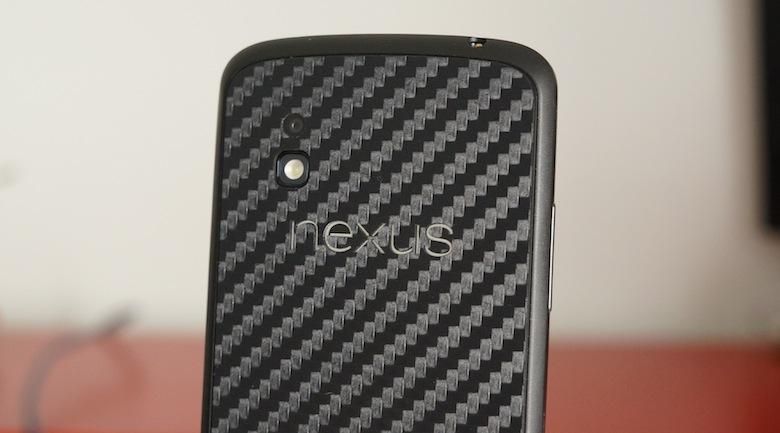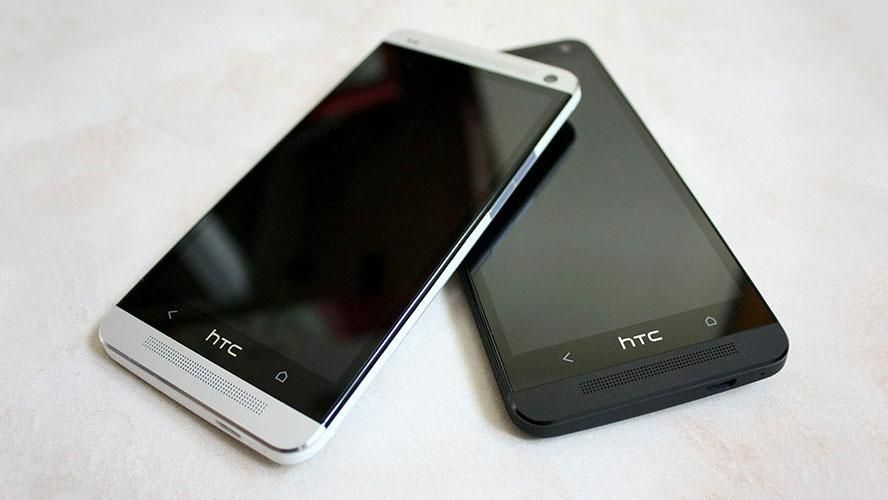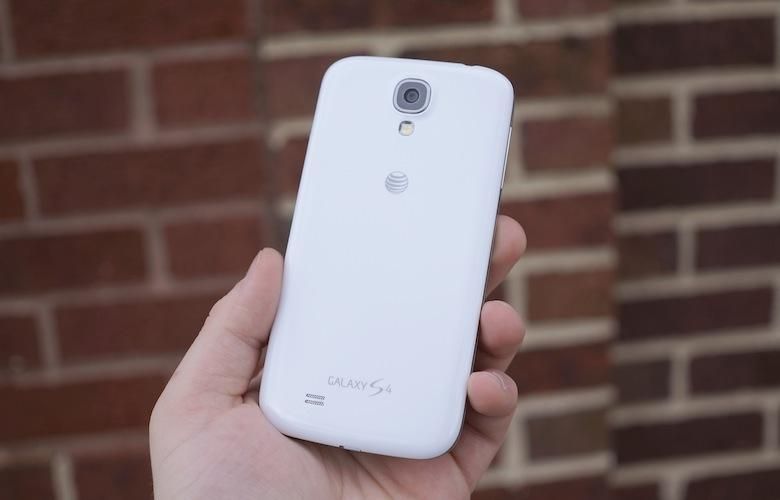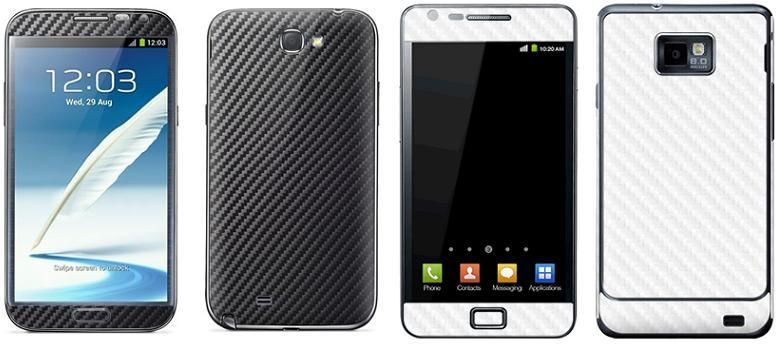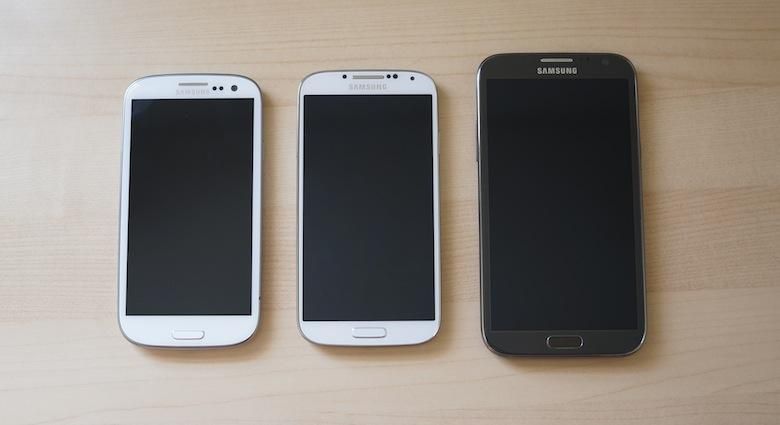Design and build materials are more important than ever in the smartphone space.
The vast majority of smartphones these days are of the same form factor, a svelte, rectangular slab. And they’re generally made of one or a combination of standard materials: plastic (also referred to as polycarbonate) and aluminum. The Oppo Find 5 is also made of steel, and Motorola’s RAZR series features a Kevlar backing.
Years ago, we wouldn’t have paid much attention to what each phone was made of. But no longer is there a huge difference in functionality or specifications between each flagship phone. And where there is a significant difference in specs, discrepancies in performance are mostly negligible.
In other words, there are only a few things these days that truly separate devices – software, camera quality, design, and materials.
As a result, a divide has been created in consumers. There are those who nitpick design, build quality, and materials, and the rest couldn’t care less, so long as the phone performs as described.
Most of us here at Pocketnow tend to weight design and materials heavily. That’s one of the major reasons the majority of us chose the HTC One over the Galaxy S 4 (though some have since changed their minds). It’s why the Nexus One still has a special place in our hearts. It’s what set the iPhone apart for so long.
Nothing screams “quality” like a phone that slips into the palm of your hand and wants to stay there, that doesn’t feel like it’s going to break into a million pieces if you drop it on a tile floor (of float away if the wind blows too hard), and looks good all the while.
And ever since smartphone design became such a hot topic, Samsung has been on the receiving end of a never-ending verbal lashing from smartphone lovers around the globe. No question, the Galaxy S 4 is one of the most well-rounded and balanced smartphones available today. It offers the best specifications in almost every regard, its software, TouchWiz, offers solutions for things most never saw as problems, and its hardware is flexible with removable batteries and expandable storage. But there’s no way to avoid the truth. In the hand, the Galaxy S 4 feels more like a cheap toy than a high-end smartphone.
Don’t believe me? Hold the phone without the battery in it; it weighs practically nothing without the battery.
In Samsung’s eyes, that’s a great thing. This is exactly what you want out of an ultraportable phone, right? You will experience no fatigue from holding and using the phone, and it won’t pull your pants down if you slip it into your pocket on a day you forget to wear your belt.
(Frankly, I’ve never experienced any sort of fatigue from using a phone, and I prefer a little more weighty phone, so long as it isn’t unnecessarily heavy or chunky.)
In Samsung’s defense, the company claims to use lightweight plastics due to their resilience – and that’s a fair claim. I dropped a Galaxy Note II on a tile floor once. When it hit, the phone burst into three pieces. The battery flew one way, the battery door another, and the body landed and stayed near my feet. I picked the phone up and snapped everything back into place. There was a stress mark on the battery door (which can be replaced on the cheap), yet everything else was unscathed.
Unfortunately, that doesn’t answer to how boring and unmoving Samsung’s hardware is.
Samsung sees no issue with its plastics. In fact, the company almost seems proud of how plasticky and lightweight its products are. And while sales numbers prove otherwise, there is a vocal (and very loud, at that) Samsung following that’s upset over its penchant for cheap, lightweight plastics.
No less, as our own Stephen Schenck explained last week, Samsung may be looking toward the horizon to prevent future backlash from its choice of materials. Samsung partnered with SGL Group to create a joint venture called Samsung SGL Carbon Composite Materials.
The premise is that, eventually, Samsung will begin to implement carbon composites (carbon fiber) in the construction of various consumer electronics. Does that mean we’ll see carbon fiber smartphones in the future?
Possibly. But we wouldn’t suggested getting too excited. Don’t expect anything to happen anytime soon.
Why? Samsung not only chooses to use plastic because it’s lightweight and resilient, but also because it’s cheap. Very cheap. Resin prices on injection mold polycarbonate resin are between $1.54 and $1.66 per pound.
Carbon fiber, on the other hand, is anything but cheap, and it’s a pain to manufacturer on a wide scale, according to Gizmodo. In 2011, carbon fiber cost around $10 per pound. Fortunately, prices are coming down, and it’s now between $5 and $7 per pound – a far cry from prices just a decade ago, which were as high as $150 per pound.
When you consider Samsung would need several thousand tons of polycarbonate or carbon fiber, a small per-pound difference is quite substantial. Say Samsung needs 1,000 tons of polycarbonate for the Galaxy Note III. At $1.66 per pound, that would cost $3.32 million. The same amount of carbon fiber at $7 per pound would cost $14 million.
Samsung’s plastic phones are here to stay … for now.
Keeping in mind that this is rough math and only the cost of materials, not the cost of manufacturing, it’s clear switching to carbon fiber would be a major move for Samsung, even if it has SGL Group in its back pocket.
Across the board, mobile manufacturers are facing shrinking margins. I can’t imagine Samsung will actually implement carbon fiber – a material that costs over four times as much, just to procure – in a smartphone until the cost comes down some more.
The price of carbon fiber per pound is certainly shrinking, but I imagine it’s still just out of reach.
That said, if Samsung can pull it off and be the first to equip a smartphone with a carbon fiber chassis, I can only picture it being a major success for the company. Aluminum feels great in the hand, but it dents and dings to easily; Samsung’s plastic is resilient, but it feels cheap; the polycarbonate Nokia and HTC use is well-rounded, but sometimes too heavy. In short, carbon fiber would be a nice balance of all the benefits of all the different materials – strong, resilient, lightweight, and it (usually) looks great.
The odds are great, but not in the near future. Lest we forget, Samsung likes the plastic it’s currently using, and it’s proving profitable despite backlash. Wait for the price to come down more, then hold your breath. Until then, you can slap a carbon fiber (vinyl) skin and pretend your phone is carbon fiber.

